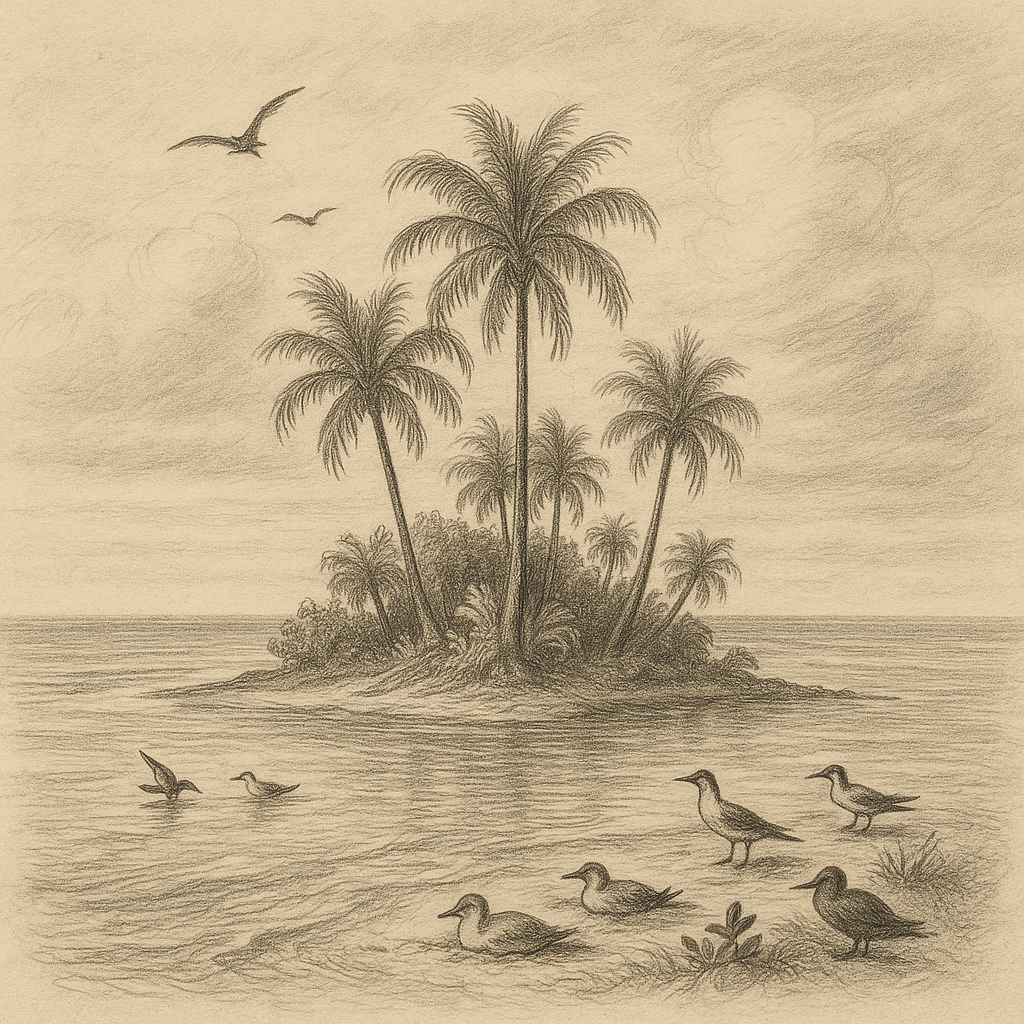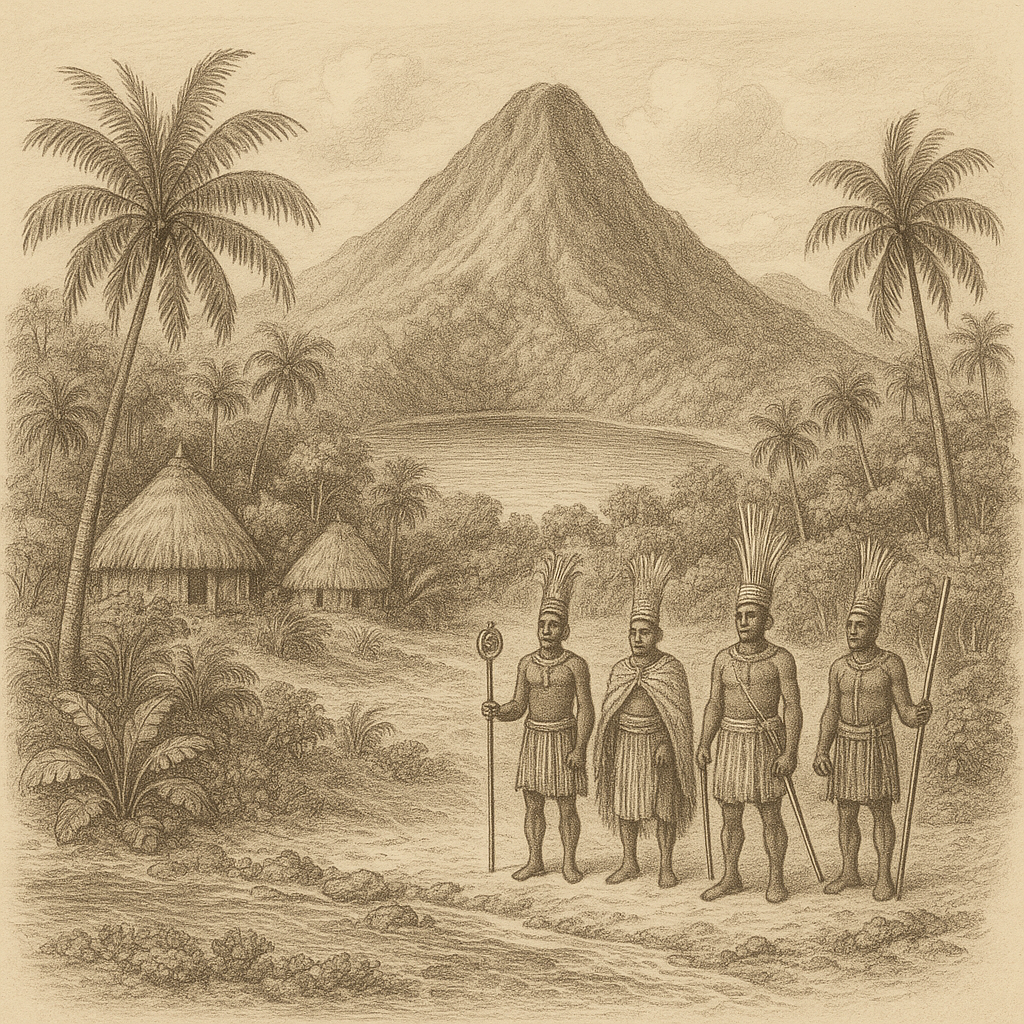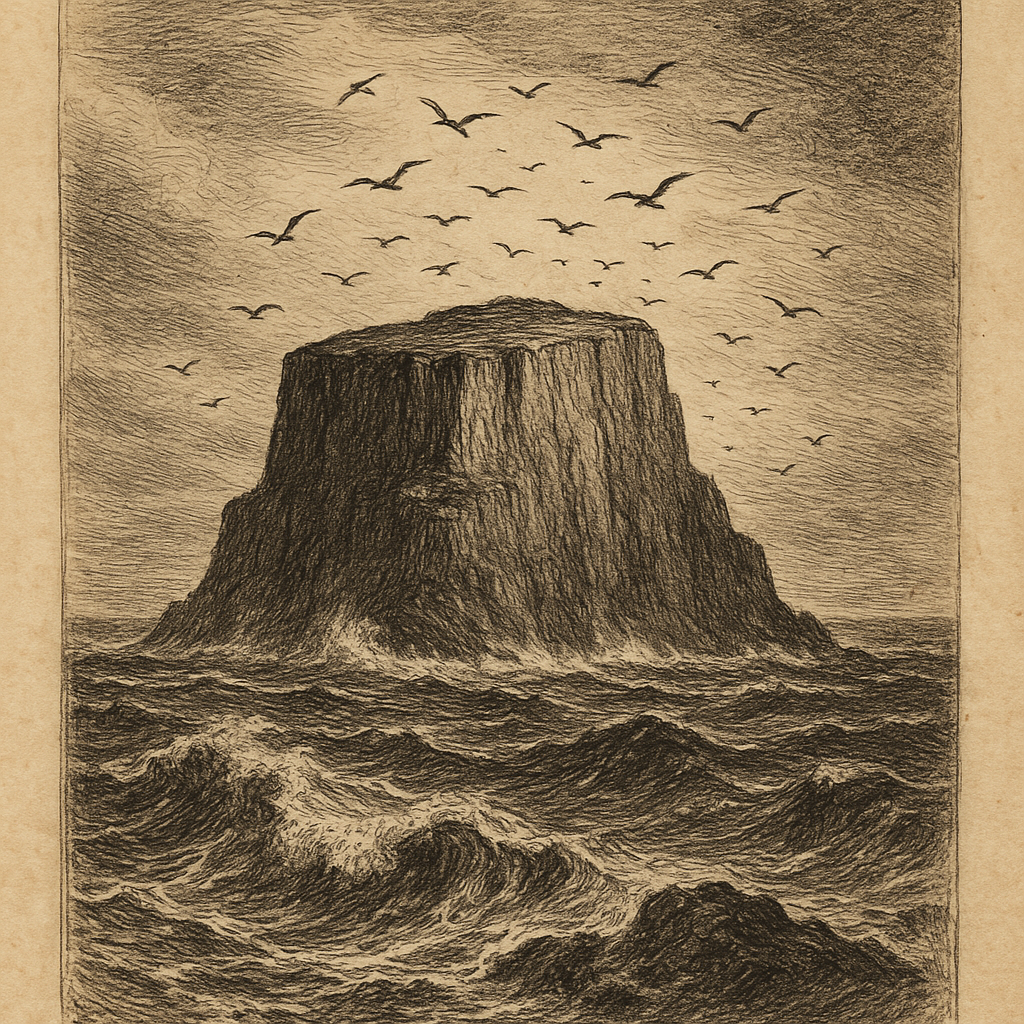Rene Island is a tiny and remote coral atoll nestled in the Indian Ocean, part of the Seychelles archipelago. While largely unknown and practically inaccessible to the average traveler, this secluded island holds a haunting charm, characterized by untouched nature, elusive history, and a breathtaking lagoon that captivates even the most seasoned explorers.
Though it may not be officially inhabited or widely studied, Rene Island remains a captivating subject for geographers, conservationists, and those fascinated by the mysteries of Earth’s hidden corners. Its pristine condition offers a window into what many islands looked like before human development.
Location and Geography
Rene Island is situated in the Outer Islands region of the Seychelles, lying northeast of Mahé, the main island, and southwest of the Amirantes group. The island is a low-lying coral cay, with white sandy beaches wrapping around a shallow lagoon teeming with marine life.
Its closest neighbors are small, uninhabited islands scattered sparsely in the Indian Ocean. Due to its small size and susceptibility to tidal changes, the island often appears barely above sea level. This vulnerability makes it particularly sensitive to environmental changes.
Being formed primarily of coral, Rene Island does not feature any tall landforms—no hills or cliffs dominate the landscape, which makes the island vulnerable to sea level rise and tropical cyclones. Despite its size, however, the island has remained remarkably resilient over time, serving as a refuge for marine birds and rare reef-dwelling creatures.
The island’s flat profile and brilliant white beaches create a stunning contrast against the turquoise waters that surround it. From above, the atoll presents an almost perfect circular shape, a testament to natural coral reef formation.
Flora and Fauna
Rene Island’s isolation has allowed it to develop a delicate and strictly localized ecosystem. The flora is typical of Seychellois outer islands, consisting of hardy coastal plants such as beach morning glory, sea purslane, and small groves of coconut palms.
These plants have adapted to sandy soils and a saline environment, growing in clusters that help prevent erosion and offer shelter to nesting birds. The vegetation plays a crucial role in stabilizing the island’s fragile structure.
The fauna of the island is equally specialized. Rene Island serves as an important nesting ground for seabirds, particularly terns and frigatebirds. Inland, hermit crabs thrive among the undergrowth, while on the surrounding reefs, a kaleidoscope of marine biodiversity exists.
Coral reefs around the island host butterflyfish, parrotfish, moray eels, and an assortment of crustaceans. Occasionally, green turtles are spotted nesting on the beaches, making the island an important conservation site in terms of regional biodiversity. These nesting events are rare and precious occurrences that highlight the island’s ecological value.
Human Interaction and Access
Due to its remoteness and lack of infrastructure, Rene Island has no permanent human residents. Occasionally, marine biologists or environmental researchers may visit to study its reef systems and bird populations, but these visits are highly infrequent.
There are no anchorages, paved trails, or built structures—this untouched status appeals to environmentalists but also creates challenges in protection and monitoring against illegal fishing or pollution. The absence of human presence has both advantages and disadvantages for conservation.
Access to Rene Island is restricted and generally only possible by private charter boat or scientific expedition. Like many of the Outer Islands of Seychelles, the government enforces strict environmental rules to protect its fragile habitats from intrusion.
Permits are required for any visit, and tourism is not promoted. This deliberate policy of limited access ensures the island remains pristine, though it also means few people will ever experience its beauty firsthand.
Interesting Facts About Rene Island
Though small in size, Rene Island offers several noteworthy and curious features that distinguish it from other Seychelles islands.
Rene Island is often cited in maritime navigation documents as a critical point in the passage between major islands of Seychelles due to its shallow surrounding reef system. Navigators must approach with caution to avoid running aground.
It has been noted that the island has shifted slightly in aerial photographs over the decades, suggesting sand migration influenced by ocean currents and storm surges. This dynamic nature reminds us that coral islands are constantly evolving landforms.
The island’s turquoise lagoon is famously visible from satellite imagery due to its vibrant contrast with surrounding deep blue waters. This distinctive appearance has made it a favorite subject for satellite photography and oceanographic studies.
Despite its obscurity, Rene Island has appeared in scientific journals focused on coral bleaching, offering insight into reef health in isolated locations. Its relatively pristine condition provides valuable baseline data for comparison with more impacted reefs.
Local Legends and Folklore
Though no indigenous population exists on Rene Island itself, folklore from nearby islands in Seychelles has gradually attributed mystical and historical tales to the island. One legend tells of a 19th-century sailor shipwrecked during a monsoon storm, who swam ashore to Rene Island and lived alone for several months surviving solely on coconut water, fish, and seabird eggs.
Locals claim his ghost still haunts the beaches at night, whispering warnings to those who venture too close. Fishermen passing by sometimes report strange sounds carried on the wind during stormy weather.
Another tale suggests that Rene Island was once the hiding place of pirate treasure—buried far beneath a grove of palms on the southeastern edge. Over the centuries, treasure hunters have made forbidden journeys in hopes of striking gold, though no evidence of chests or riches has ever been discovered.
The legend persists despite the lack of archaeological evidence, fueled by the romantic notion of hidden pirate gold in remote tropical locations.
One of the more spiritual island myths revolves around the birds of Rene Island. According to regional lore, the seabirds circling above the island are reincarnations of ancient navigators lost at sea, returning daily to their sacred resting place above the Indian Ocean. This belief gives the island a sacred quality in local consciousness.
Conservation Efforts and the Future
Conservationists have highlighted Rene Island as a valuable test bed for coral health monitoring, particularly in the context of climate change. Due to minimal human interference, the surroundings have offered a baseline for marine studies on reef resilience.
The Seychelles Islands Foundation and international environmental NGOs continue to advocate for its preservation through policy and technology, including satellite surveillance and occasional drone assessments. These remote monitoring techniques allow scientists to track changes without disturbing the ecosystem.
The future of Rene Island, however, remains uncertain. As seas continue to rise and ocean temperatures fluctuate, remote islands like Rene face existential risks. Yet, its unspoiled condition also offers hope—standing as a natural archive and possible sanctuary for species lost elsewhere.
The island represents both a warning about climate vulnerability and a beacon of hope for what can be preserved with proper protection and minimal human interference.
Conclusion
Rene Island may be a dot in the vastness of the Indian Ocean, but its untouched beauty, ecological importance, and rich lore render it a compelling subject for those interested in the unexplored and the pristine. As efforts continue to preserve such fragile ecosystems, Rene Island stands as both a challenge and a wonder—a small window into the natural world’s enduring mystery.
Its story reminds us that even the smallest and most remote places on Earth hold value worth protecting, and that the mysteries of our planet extend far beyond the well-known and easily accessible.



